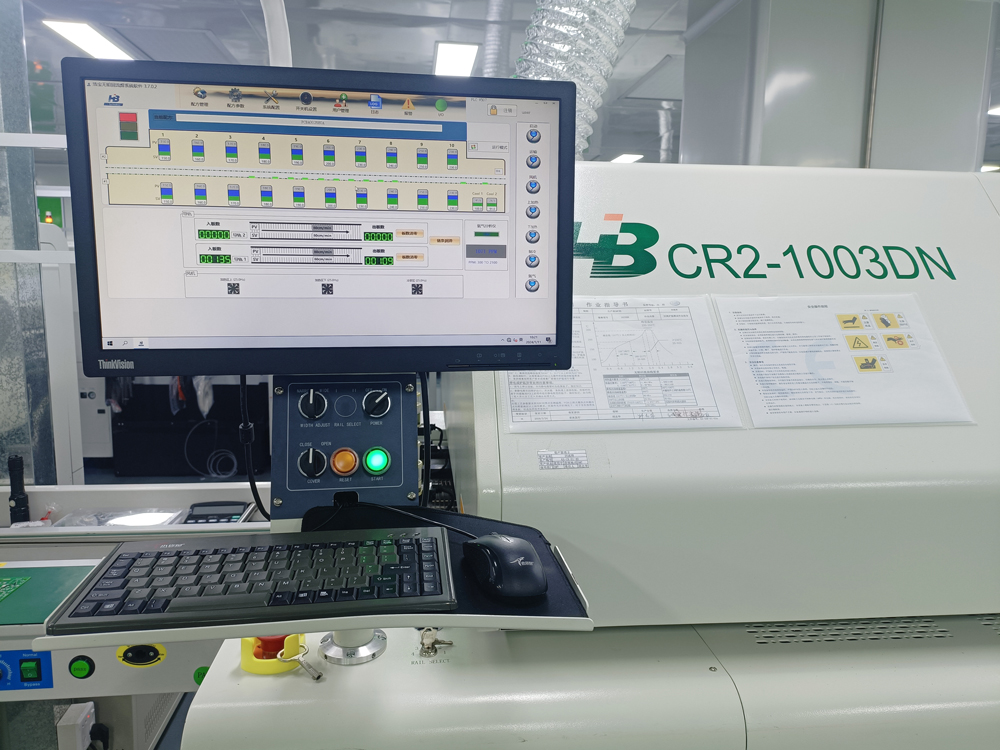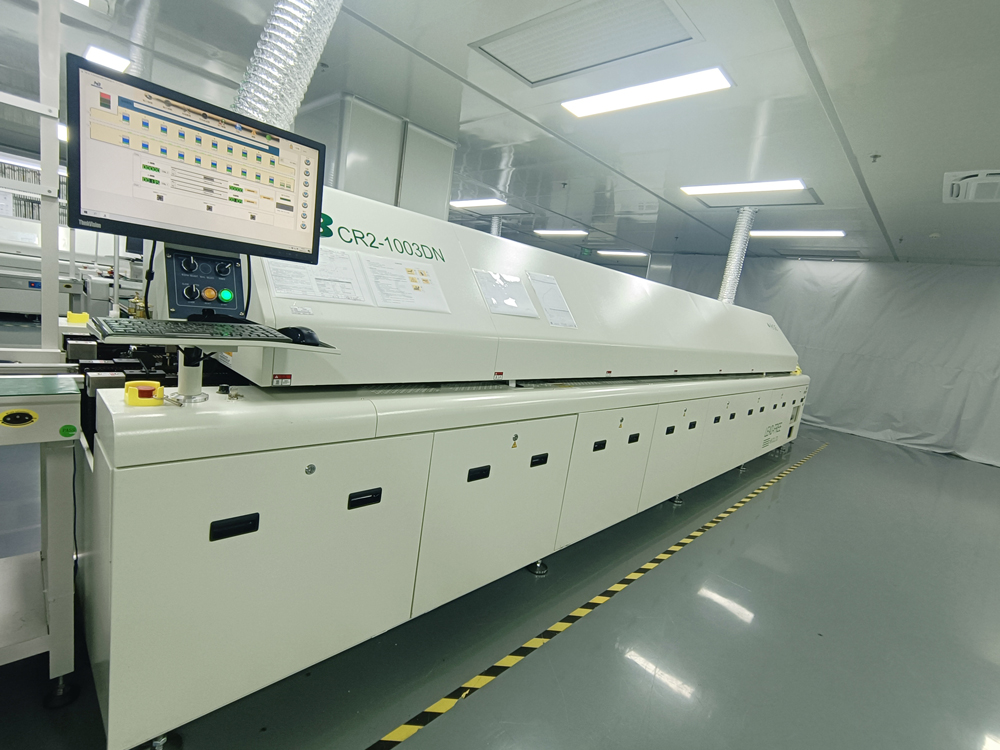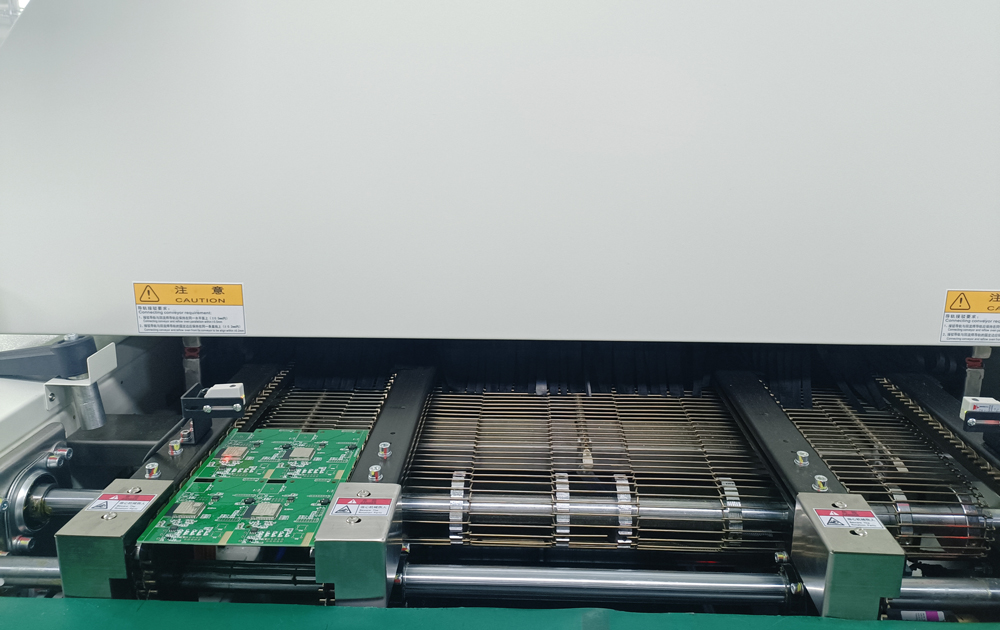What is nitrogen reflow soldering in PCB assembly?
21 January 2025
Views: 1808
What is nitrogen reflow soldering?
Reflow soldering is a process of preheating solder paste, using heat to activate the flux and melt the tin alloy powder. The flux then evaporates. When the reflow soldering temperature reaches its peak and is maintained for about 40 seconds to 70 seconds, a chemical reaction occurs between the PCB pad, surface treatment, and solder and forms an intermetallic compound (IMC). The reflow temperature then drops. When the conveyor track sends the PCBA out of the reflow oven, the reflow process ends.




Nitrogen reflow soldering is performed using pure nitrogen in a reflow oven. Nitrogen is inert and will not oxidize metals. Therefore, in a nitrogen reflow oven, if the PCB pads and pins of surface mount devices are free of oxides before soldering, they can be soldered without being affected by oxygen or impurities in the air.
What are the advantages of using nitrogen reflow soldering?
1.Prevent components from oxidizing during heating: Nitrogen is an inert gas and will not oxidize metal. If the PCB pads and surface mount device pins are free of oxides before soldering, they can be soldered in a nitrogen reflow oven without being affected by oxygen or impurities in the air.
2.Improve welding wetting force and speed up wetting speed.
3.Reduce the generation of solder balls and bridges to achieve better results.
Here you can see a comparison of welding quality between air and nitrogen furnaces.

Do all PCBs use nitrogen furnaces?
No, air is free, but there is a fee to use a nitrogen furnace.
Should I choose a conventional hot air reflow oven or a nitrogen reflow oven?
If the PCB is for mid-to-high-end applications and is double-sided, has poor wettability, such as has QFN parts, a large footprint and high-density BGA, or is installed with easily oxidized components, you can consider using nitrogen reflow soldering for PCB assembly.
Share This Story, Choose Your Platform!



















